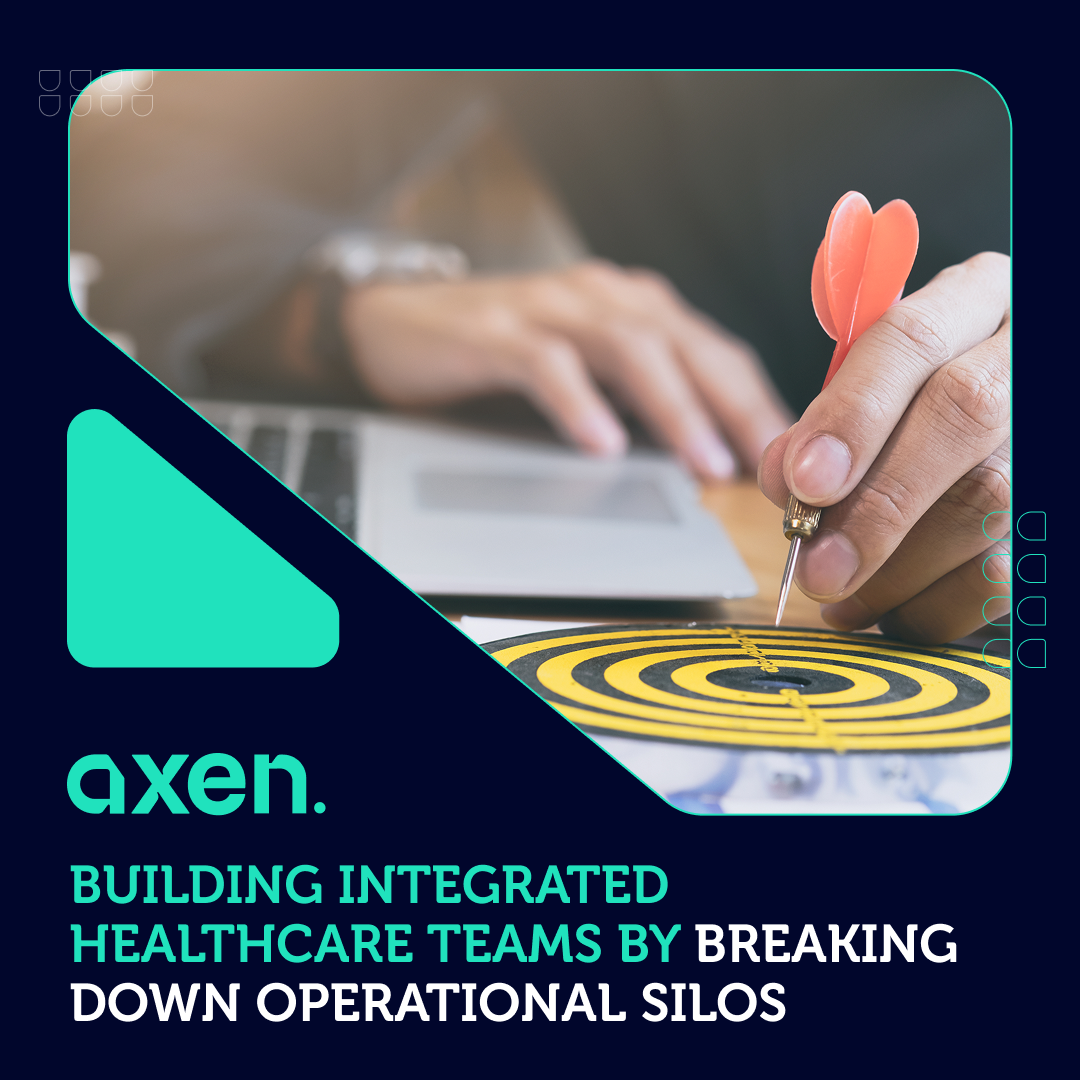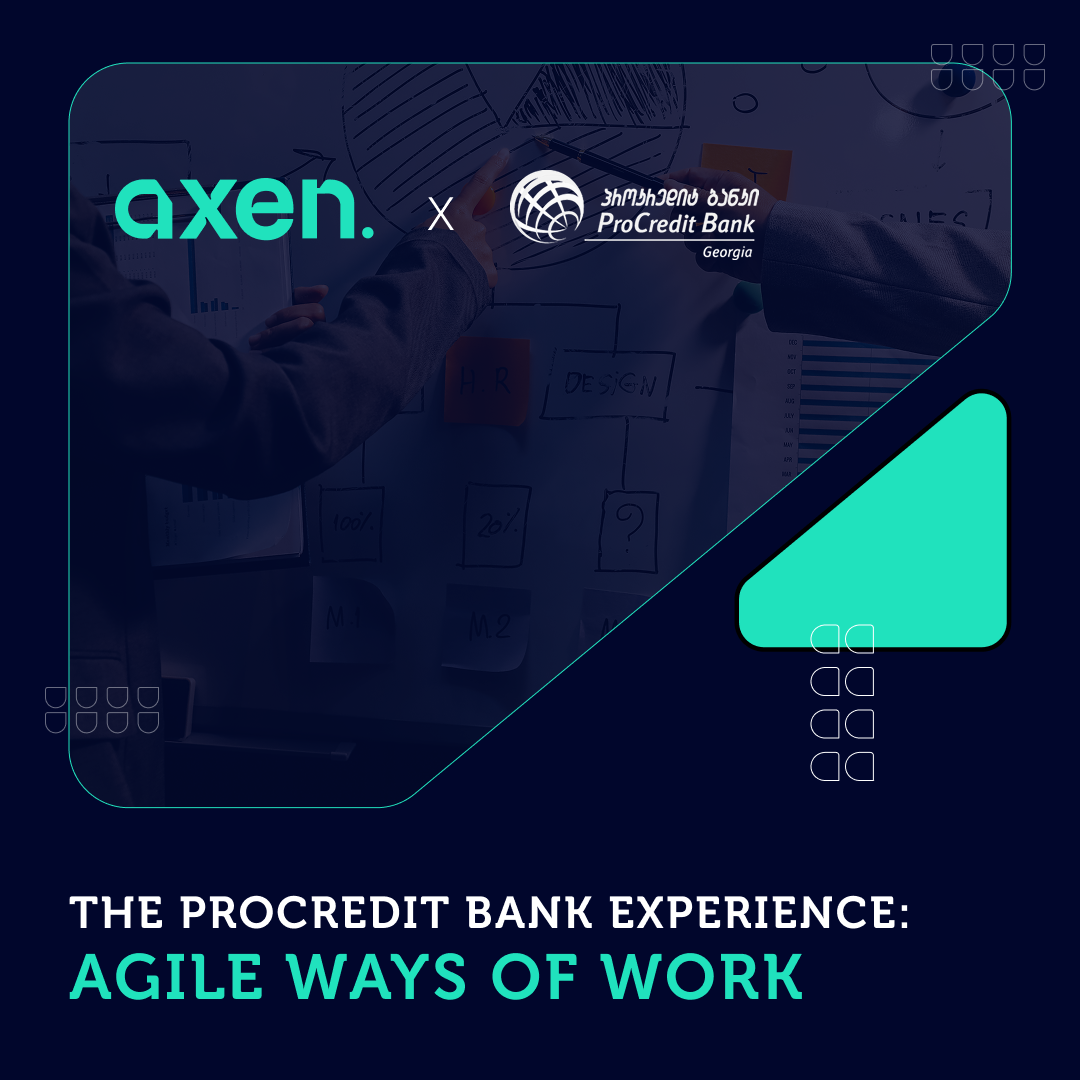Public agencies spend significant resources creating channels for citizen feedback: hotlines, suggestion boxes, web forms, and public hearings. Despite this effort, a fundamental disconnect persists: citizens feel their feedback disappears into a “black hole,” while public servants often perceive the feedback as an overwhelming stream of unconstructive complaints.
The problem is that the system is typically designed to collect feedback, not to act on it. It is treated as a public relations requirement or a complaint management function, rather than as a primary source of data for service improvement and innovation.
The Diagnosis: Why Do Feedback Mechanisms Fail?
- Feedback as a “Complaint Box”: The entire process operates in a defensive mode. The main goal is to “close” a complaint and resolve a ticket, not to analyze the fundamental problem that caused the complaint in the first place. The system fights symptoms, not the disease.
- Lack of Ownership and Actionability: Feedback is often collected by a general public relations or quality department that has no authority to change processes in other departments. They can log the feedback, but they cannot act on it. As a result, the information never reaches the people who can actually solve the problem.
- Data Overload and No Analysis: Agencies are flooded with a huge amount of raw, unstructured feedback (angry calls, long emails). They lack the tools and skills to analyze this data, identify trends, and extract valuable insights. The data exists, but it is just “noise.”
- Absence of a Closing Loop: Citizens who take the time to provide feedback almost never receive information about what was done as a result of their suggestion or complaint. This teaches them that providing feedback is a waste of time, and they stop doing it, thus depriving the agency of its most valuable source of information.
From Complaints to Co-Creation: Our Model for Turning Citizen Feedback into an Engine for Innovation
Axen helps public agencies transform a passive feedback system into an active, value-creating mechanism. Our model includes four key stages:
Step 1: We Design and Implement a Unified Feedback System
The first step is to move from fragmented channels to a single, unified system for capturing, categorizing, and managing feedback, regardless of its source (call, email, social media, or web form). We help the agency select and configure the right technology (this could be a CRM system or specialized feedback management software). Most importantly, we work with them to develop a standardized taxonomy for categorizing feedback. This allows for the identification of trends (e.g., “This month, we received 50 complaints related to the confusing wording on Form X”). This turns noise into structured data.
Step 2: We Establish a Cross-Functional “Insight-to-Action” Team
To solve the problem of a lack of ownership, we create a dedicated team responsible for responding to feedback. We facilitate the creation of this cross-functional team, which includes representatives from the service delivery, process improvement, IT, and communications departments. This team’s mandate is to meet regularly (e.g., every two weeks), review the analytical reports from the system, identify the top 3-5 root problems, and launch small, rapid improvement projects to solve them.
Step 3: We Introduce “Co-Creation” and Proactive Feedback Methods
An effective system doesn’t just wait for complaints; it proactively seeks out ideas and involves citizens in developing solutions. We help the agency move from a reactive model to a proactive one. We design and facilitate co-creation workshops with citizens, where public servants and citizens work together to improve the design of a problematic service. We also implement proactive feedback tools, such as short, targeted surveys (e.g., a one-question survey: “How easy was it for you to receive this service?”).
Step 4: We Build a Transparent “You Said, We Did” Communication Loop
To rebuild trust and encourage future feedback, it is essential to close the loop. We help the agency develop a simple but powerful communication discipline. This involves creating a public “You Said, We Did” section on their website or social media. Here, the agency regularly publishes short summaries: “You told us that Form X was confusing. We listened, and we have simplified it. See the new version here.” This shows citizens that their opinion is valued and leads to real change, which is the most powerful incentive for engagement.
In Conclusion
Citizen feedback is not a problem to be managed; it is a strategic asset waiting to be unlocked. Treating it as a complaint box leads to cynicism and stagnation. Treating it as a free, real-time source of data on service quality leads to continuous improvement and innovation. We don’t just set up a hotline or a web form. We are experts in designing end-to-end citizen engagement systems. We provide the technology strategy, process design, and cultural change methodology to transform your feedback channels from a “black hole” into a powerful, transparent engine for building better public services and restoring public trust.





